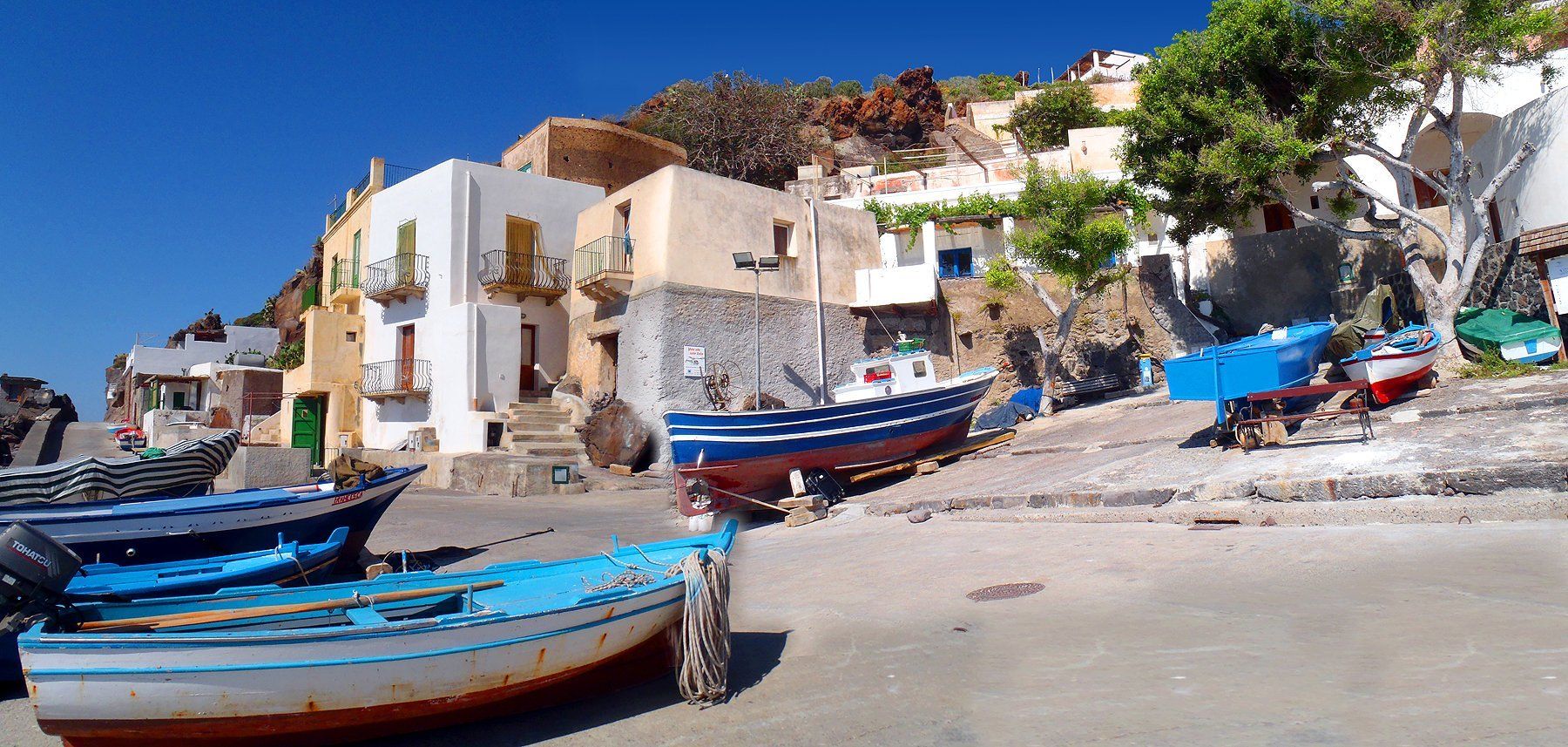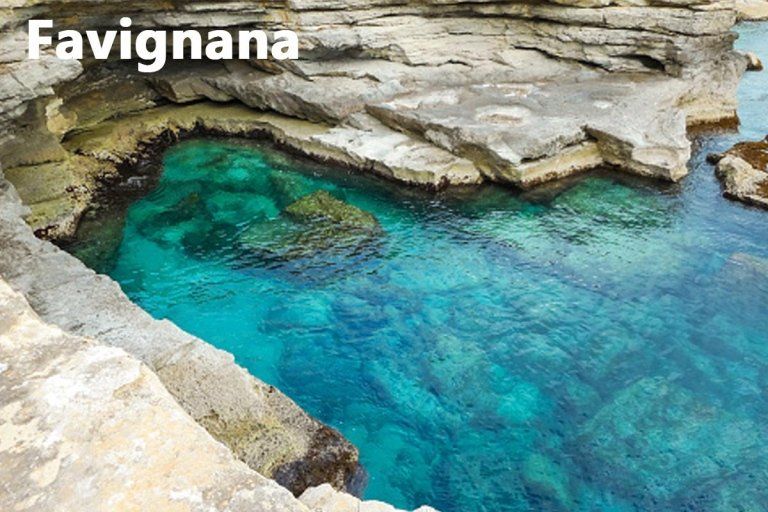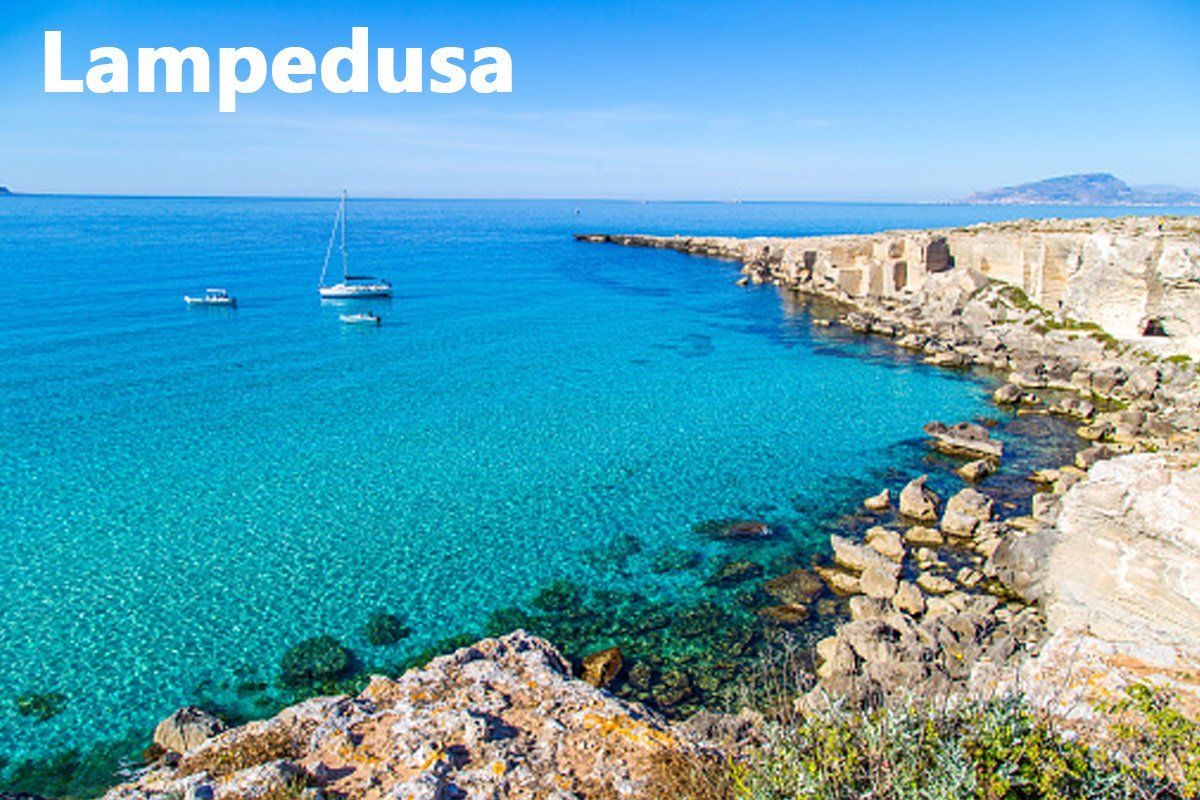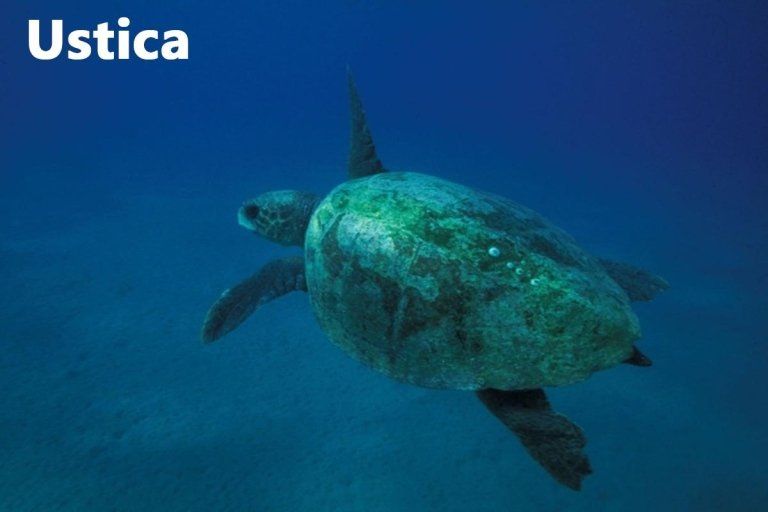Aeolian Islands
A world-famous archipelago, the Aeolian Islands consist of seven volcanic islands made up of rocks and small islands located 20 km off the coast of Milazzo.
With clear blue waters and volcanic craters, the Islands have been a World Heritage Site since 2000.
Historically, the islands have been an important entrepôt for maritime routes in the Strait of Messina and have been used for mining obsidian stone.
Lipari, Vulcano, Stromboli, Salina, Panarea, Filicudi and Alicudi - these spectacular islands are home to unspoiled natural scenery and will welcome your visit all year round.
Small gems of the Mediterranean
In addition to the universally famous Aeolian Islands, there are also a group of smaller islands in Sicily:
• The Egadi Islands, made up of Favignana, Levanzo and Marettimo
• The Pelagie Islands, made up of Lampedusa and Linosa
• Pantelleria
• Ustica
Paradises of unspoiled nature, with crystal clear blue water, beautiful beaches and breathtaking scenery, the islands are home to bountiful aquaculture and vibrant wildlife.
The main island of the archipelago of the Egadi islands is located about 7 km from the west coast of Sicily, between Trapani and Marsala.
The name Favignana derives from the Latin favonius (favonio), a term used by the Romans to indicate the hot wind falling from the west. The village is built around a natural inlet where the port is structured on whose banks are present the buildings of the ancient Florio tonnare.
The traditional Mediterranean architecture of the island, characterized by white plasters and blue or green windows, is, especially in recent years, the subject of rediscovery and enhancement, the landscape is protected in fact by the superintendence of cultural heritage.
A true paradise on earth, as defined by visitors and tourists hailing from all over the world.
Suspended between sky and sea, with its 320 hectares of nature reserve along an unspoilt stretch of the southern coast, it is a perfect destination for relaxation.
Our island is the last strip of Italian land: it is located at the latitude of 35°30' N, further south of Tunis and Algiers.
Together with the Island of Lampione, they are part of the African continental plate, and they were raised two million years ago, while Linosa is of volcanic origin and geologically belongs to the Eurasian plate.
The ancient Romans called it Ustica (from ustum=burnt) while the Greeks, Osteodes, Οστεωδες or ossuary, for the remains of mercenaries that would have died from hunger and thirst. By some it is considered the home of the sorceress Circe, who turned the unwary visitors into pigs. The human settlements date back to the Paleolithic; some archaeological excavations have brought to light the remains of an ancient Christian village. Burials, tunnels and a large number of archaeological finds also found underwater, because of the many shipwrecks that occurred over time, testify to a constant presence, in the place, of various ancient Mediterranean peoples, Phoenicians, Greeks, Carthaginians and Romans who left you vestiges everywhere. Later, he became a Saracen pirate base and remained there for a very long time.
Known for its centrality in the Mediterranean Sea, an intermediate stopover between Africa and Sicily and a cornerstone for trade with the Levante, Pantelleria is characterized by the singularity of its landscape, in which natural elements (block lava flows, coves and stacks) are added man-made artefacts: dry-stone walls, with the fourfold function of peeling off the ground, containing the land, delimiting the landed property and protecting from the wind; Pantelleria gardens, almost always cylindrical buildings in dry lava stone masonry with the dual function of protecting the citrus fruit from the wind and controlling the micro-climatic effects for a correct supply of water to the plant, where the island is naturally devoid of it; dammusi, rural buildings with thick dry walls, cubic, with white domed roofs and round-arched openings, ancestral examples of bio-climatic architecture.























